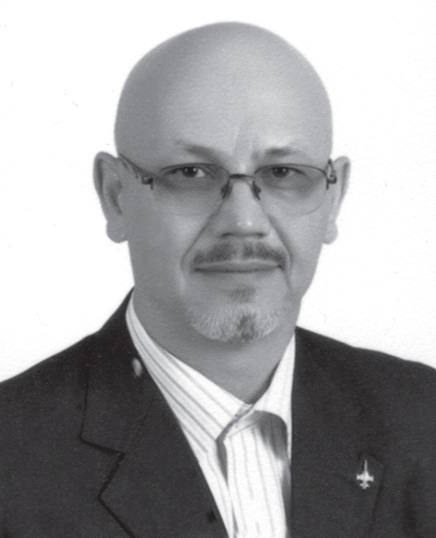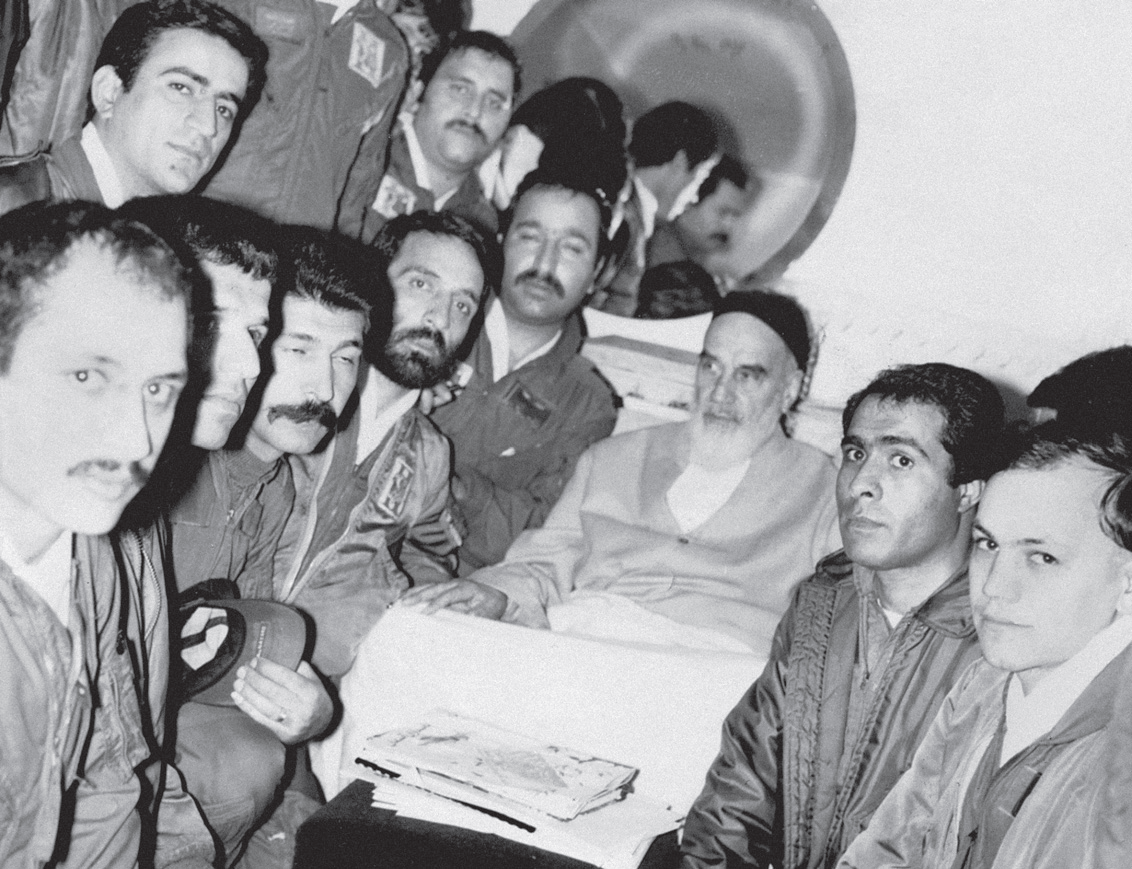Air Raid to Al-Waleed (38)
The Story of Demolishing Fighters and the Equipment in Al-Waleed Triple Military Bases Known as H-3
2016-9-26
Air Raid to Al-Waleed (H-3)
The Story of Demolishing Fighters and the Equipment in Al-Waleed Triple Military Bases Known as H-3
By: Brigadier General Ahmad Mehrnia
Tehran, Sooreh Mehr Publications Company
2010 (Persian Version)
Translated by: Zahra Hosseinian
Ammunition used in the operations
In this operation a combination of different types of ammunition used on each aircraft to obtain the best results:
British BL-750 bombs of anti-equipment, parked aircrafts and armored vehicles.
MK-84 H.D. 500-pound bomb and £750 bomb for destruction of facilities, equipment and important buildings, six bullets on each aircraft.
20 mm explosive cartridges for destroying parked aircrafts, vehicles, defense cannons and missiles site, and aerial close firefight.
Two AIM- 7 missiles on the leader and sub-leader aircrafts for potential air defense in certain circumstances.

Author’s biography
I was born in 1955 in Kermanshah. I finished my primary and secondary education in Tehran, except for the fifth grade which I finished it at the Khosravi border, and in 1974, I entered the Pilot School of Air Force. In 1978, I completed pilot course In America and as a pilot of F-5 fighters began serving. I participated actively in the activities of overthrowing the monarchy before the revolution, and in collaboration with other colleagues I carried out various missions until the end of crises and imposed war. In over thirty years of military service, I was responsible for a variety of different professions, and the military attaché of Islamic Republic of Iran Army in Japan is one of them. In 1995, I accomplished master's degree in the field of defense management from AJA University of Command and Staff (DAFOOS), and in 2006, I defended my doctoral dissertation in the field of strategic management at the Supreme National Defense University (DĀ’Ā). My last job was deputy commander of the Dezful air base. After retirement, with Second Head of Brigadier rank, I was busy teaching and sharing the experiences of war in DAFOOS, University of Imam Ali (AS), University of Shahid Sattari, and Farabi University; and at the same time, I’m busy writing recollections of events of Sacred Defense period, particularly in the terms of aerial operations.
Face to face visiting with the architect of the Islamic Revolution in relation to the operation of air raid to Al-Waleed was an honor for me, and fortunately the memory of that spiritual meeting in a homely atmosphere has been recorded in the below picture:

Meeting of a group of F-5 fighter pilots from Tabriz air base with the Supreme Leader of the Islamic Revolution; From right: Ahmad Mehrnia, Nasrollah Erfani, Hazrat Imam, Seyed Esmail Mousavi, Mohammad Tayyebi, Mohammad Reza Sarteepi, Davood Sadeghi, and Samad Ali Balazadeh. Back: Ali Najafi Mahyari and Shahid Hamid QazaAni. The images in the mirror: Attaullah Mohebi and Abbas Elmi.
Number of Visits: 5941








The latest
Most visited
- Medal and Leave - 3
- A Statistical Glance at the Oral History Archive of Iran
- In Memory of the Son of the Soil; A Clear Picture of Patience and Freedom
- Medal and Leave - 4
- A Memory of an Army Aviation Pilot
- The 370th Night of Memories – 1
- The Oral History Website and Its Position
- Towards the Thousandth Issue
Monafeghin: A New Deception
July-August 1989Following the discussions around the asylum of Iraqi prisoners of war in Iran during peace negotiations, the Iraqi side, not wanting to fall behind, launched their own campaign to offer asylum. At the outset, they attempted to attract prisoners by making grand promises ...
Supports from Guilds and Bazaars peaple
Memoirs of Haj Hossein FathiOur base of operations had become the Saheb al-Zaman Mosque in the Kamp-Lou neighborhood of Ahvaz. With the assistance of Brother Khani and his companions, we began preparing hot meals and sending them to the frontlines. We ourselves, along with several fellow merchants from the bazaar, entered the conflict zone, bringing warm clothing, ...
War Health
Narrated by Dr. Ali Mehrabi TavanaThe book War Health is an oral narrative by Dr. Ali Mehrabi Tavana, a commander in the health sector during the Sacred Defense era. This book, in the form of six chapters and twenty conversation sessions, covers the narrator’s life from birth to the end of the [Iranian] Eight-Year War. The interviews and compilation of the book were conducted ...
Agents in Search for the Fighter
[Interview with Fatemeh Amir Hosseini 2019/03/08.] The agents were always at our house. They would come day and night, turn the house upside down, mess up the library. For example, I remember we had the book Eqtesadona (Our Economy) by Mr. Sadr, and Imam Khomeini’s Resaleh (Treatise). We had many books—they would pack some of them up and take them away. Then the next day, they would knock again. Back then, our house was on Ghiyasi Street. We were really distressed.

